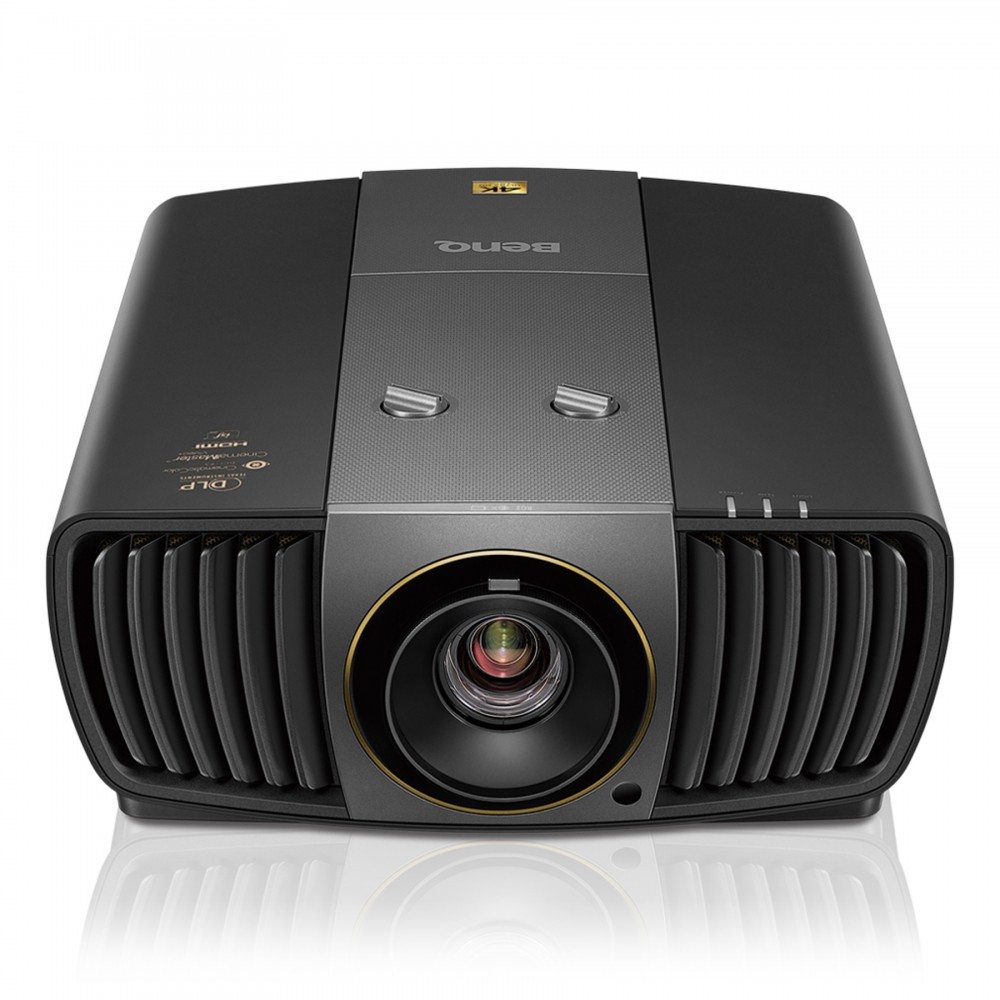

Higher-end LCOS projectors, like those from Sony and JVC, typically have lens shift that allows for a greater range of vertical placement options.

This is almost never the case with inexpensive DLP projectors, and usually not the case with inexpensive LCD projectors either.

This is counter-intuitive, as you might assume you need to place the projector in line with the center of the screen. Sometimes the throw angle is even greater, meaning it needs to be below, or above, the edge of the screen.ĭefinitely need to zoom out a bit here. This means they need to have very specific placement relative to the screen, often in line with the top or bottom of the screen. The vast majority of inexpensive projectors lack a feature known as lens shift. With many projectors, only one is HDMI 2.0 and ready for all kinds of 4K, for example. If the rest of your system is 4K compatible, for instance, double-check which input can handle that. If your projector has multiple HDMI inputs, figure out which ones accept the video you want to send. With most projectors only some of the feet screw in and out, which might make getting the image adjusted correctly a bit of a challenge. If you're going to sit the projector on a stand or table, it's also worth checking which of its feet are adjustable. It's significantly easier to do anything physical with the projector now compared to when it's placed or mounted. It's also worth taking the time to make sure you've removed all the protective film. On several occasions I've got a projector up and running, only to have missed a second remote, a hidden Wi-Fi adapter
#HOME THEATER PROJECTOR TV#


 0 kommentar(er)
0 kommentar(er)
